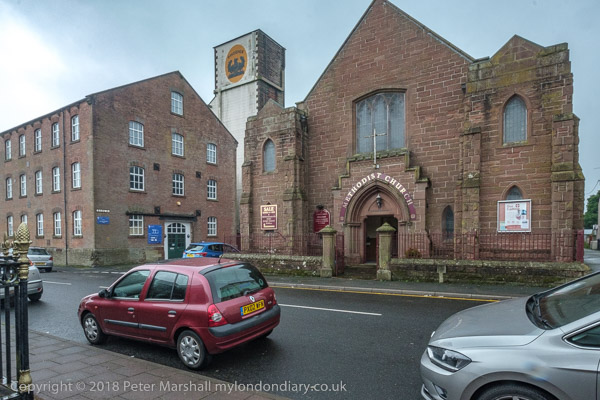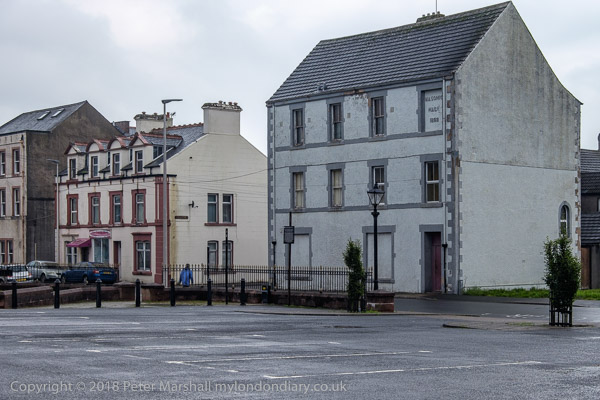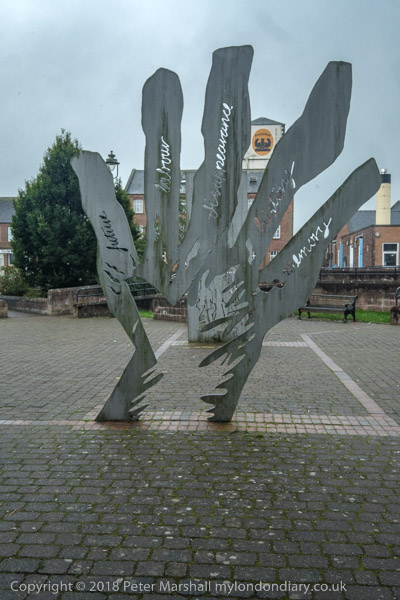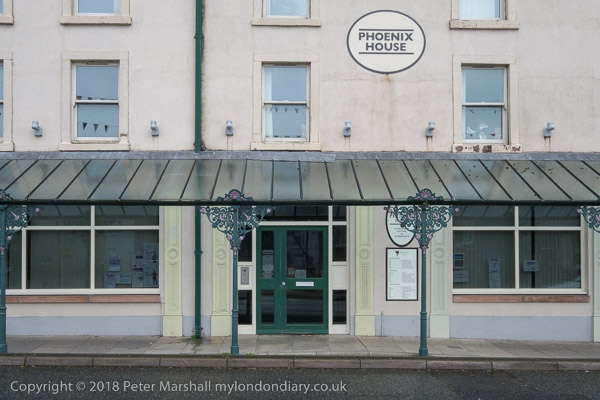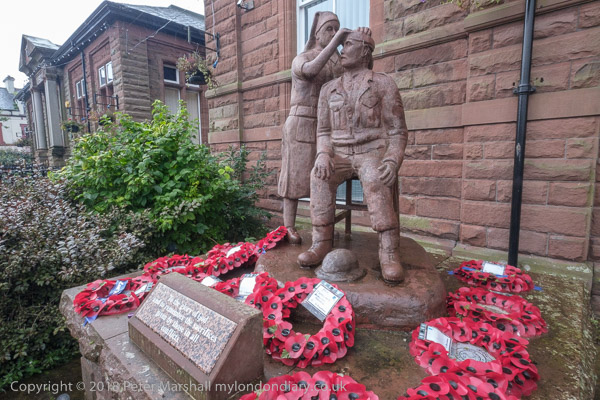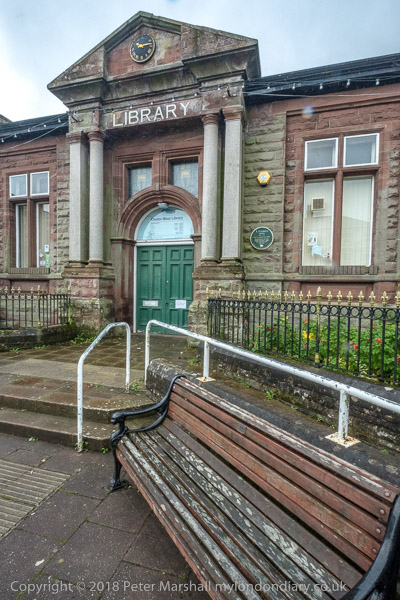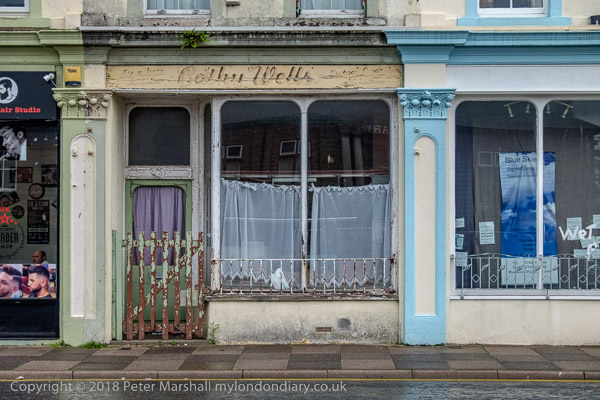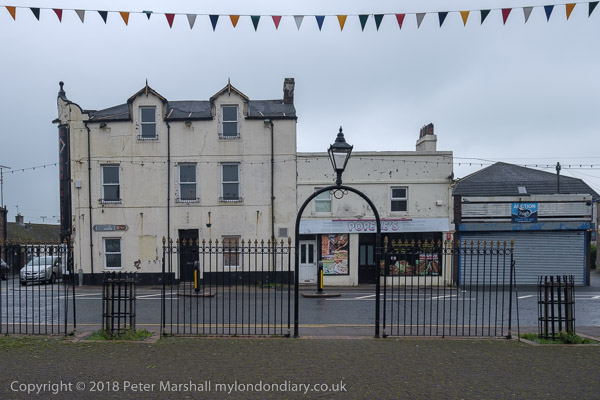Crag Fell – Ennerdale: In 2018 we spent a week with friends in a cottage at Ennerdale Bridge on the western edge of England’s Lake District. You can read more about this holiday and some of the other things we did on the September 2018 page of My London Diary, but this post is about our last full day, Thursday 6th September 2018, when we decided we would walk up the fell which overlooked the cottage where we were staying, Grike.
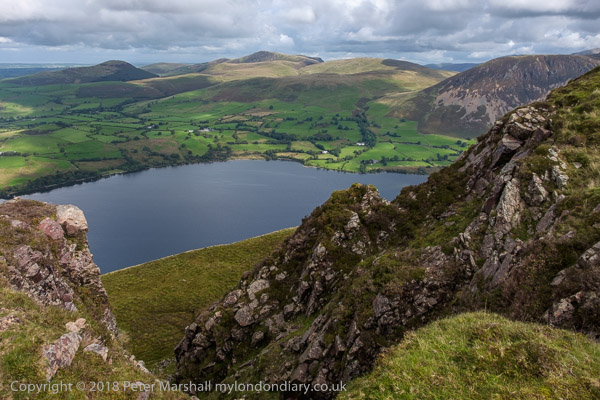
Ennerdale Water is the most westerly lake in the Lake District National Park and is probably the least visited, despite its great beauty. It is the most remote of the lakes and there is no public road up Ennerdale Valley, though it is on Wainright’s Coast-to-Coast walk which became an official National Trail in 2012. Britain’s most remote Youth Hostel is in the valley, YHA Black Sail, only accessible on bicycle or on foot – though it does have a car park 6 miles away.

In 2018 when we were there, Ennerdale was still a reservoir for drinking water for customers in West Cumbria, but that ended in 2022. The lake is surrounded by some of the best-known fells in Cumbria which go up to around 900 metres, almost 800 metres above the lake and valley floor.

Our walk was a little less ambitious, climbing up to Crag Fell (523m and 522m) and then on to Grike, a little lower at 488m. Mostly it was fairly easy walking though rather definitely uphill in parts, stressing muscles I normally use little, living on the flat plain of south-west Middlesex.

Our path took us up beside a small stream, Ben Gill and then through rough grass up to the summit. Altogether we had to climb around 420m to climb, though of course there were times when the path went down a little just to give us more work to do. As I noted in 2018, calling it 1400 feet sounds more impressive.

As we got higher I needed to stop more and more and my camera gave me a good excuse, so I took a great many photographs on this part of the walk. But the view does change, sometimes dramatically, and at times I was well ahead of the other six and a dog.

From the twin summits of Crag Fell and from Grike where ee stopped to eat our sandwiches in the shelter of a large cairn we could see to the head of the valley and also to the windfarms on the coast and in the Solway Firth and beyond them the coast of Scotland and the distant hills.

From our path down from Grike we also got a view of Cumbria’s most notorious site, Sellafield, over a ridge in the distance. It is a major employer in the area but perhaps also something which puts off visitors to this interesting stretch of coastline, one where one of my photographic mentors, the now greatly overlooked Raymond Moore, spent his final years a little further north.

We were disappointed by the ‘Great Stone of Blakely’, which turned out to be only the fairly large rock of Blakely. Sam and I both climbed up on it and stood to have our pictures taken. Something about Sam’s pose reminded me of Ray.

Blakeley Raise Stone Circle, also known as Kinniside Stone Circlele was a little more impressive. People say that the stones had all been taken away for use as gateposts by a local farmer and were only brought back and ‘restored’ in 1925 by a Doctor Quine of Frizington.

Finally we came back to Ennerdale Bridge. While most of the group went for afternoon tea at ‘The Gather’ community café, I sat down in the Fox and Hounds with a pint of Wainwright’s Golden Beer which seemed more appropriate.
Many more pictures on My London Diary at Crag Fell.
Flickr – Facebook – My London Diary – Hull Photos – Lea Valley – Paris
London’s Industrial Heritage – London Photos
All photographs on this page are copyright © Peter Marshall.
Contact me to buy prints or licence to reproduce.
